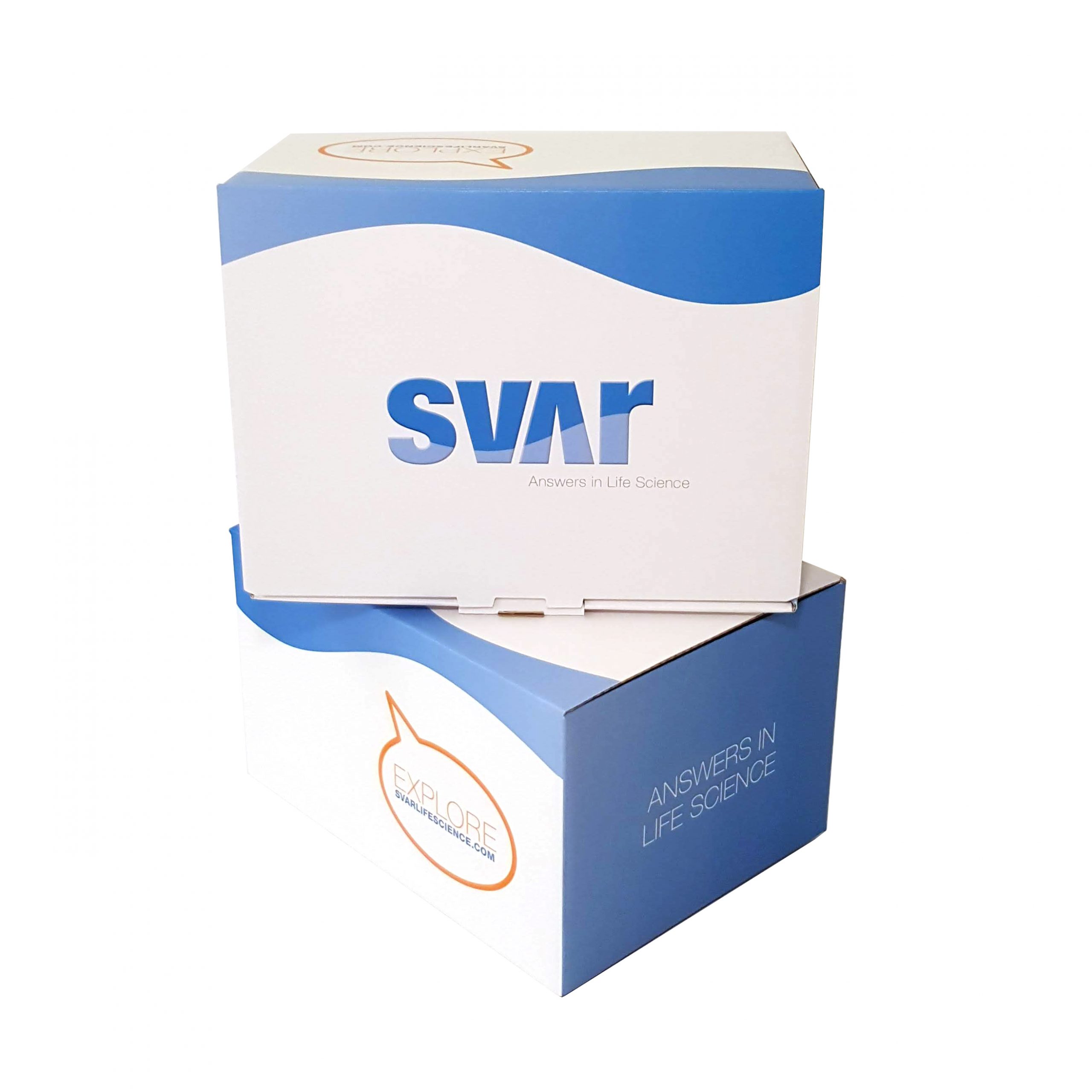Clinically and in research, biomarkers from the ACP offer diagnostic, prognostic, and therapeutic insights. Elevated levels of C3a, Ba (a fragment of Factor B), and soluble C5b-9 (sC5b-9) are commonly used to assess complement activation and disease activity. For instance, sC5b-9 is often elevated in aHUS and is used to monitor treatment efficacy with complement inhibitors like eculizumab. In age-related macular degeneration, genetic polymorphisms in Factor H and other ACP regulators are studied as predictive markers of disease susceptibility. In oncology and transplantation, ACP activation markers help evaluate immune compatibility and rejection risks. As therapeutic targeting of the complement system becomes more precise, ACP biomarkers are increasingly utilized to stratify patients, monitor responses, and guide complement-based drug development.
Clinically and in research, biomarkers from the ACP offer diagnostic, prognostic, and therapeutic insights. Elevated levels of C3a, Ba (a fragment of Factor B), and soluble C5b-9 (sC5b-9) are commonly used to assess complement activation and disease activity. For instance, sC5b-9 is often elevated in aHUS and is used to monitor treatment efficacy with complement inhibitors like eculizumab. In age-related macular degeneration, genetic polymorphisms in Factor H and other ACP regulators are studied as predictive markers of disease susceptibility. In oncology and transplantation, ACP activation markers help evaluate immune compatibility and rejection risks. As therapeutic targeting of the complement system becomes more precise, ACP biomarkers are increasingly utilized to stratify patients, monitor responses, and guide complement-based drug development.
This product is manufactured in Sweden by Svar Life Sciences.

